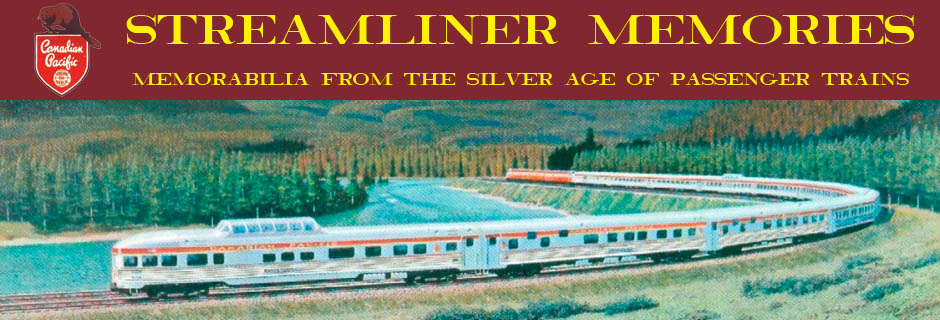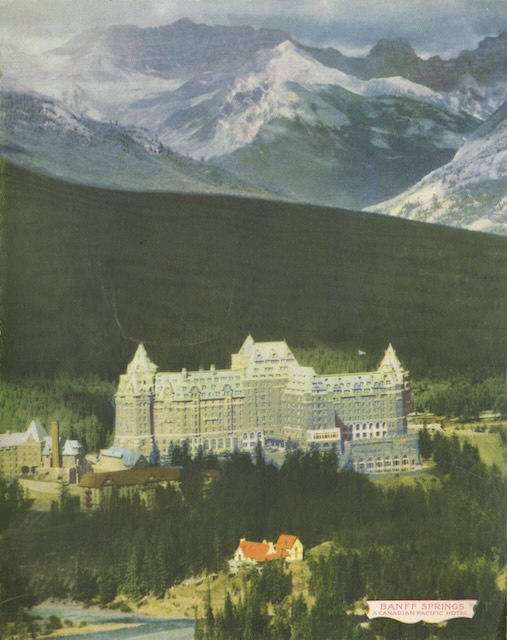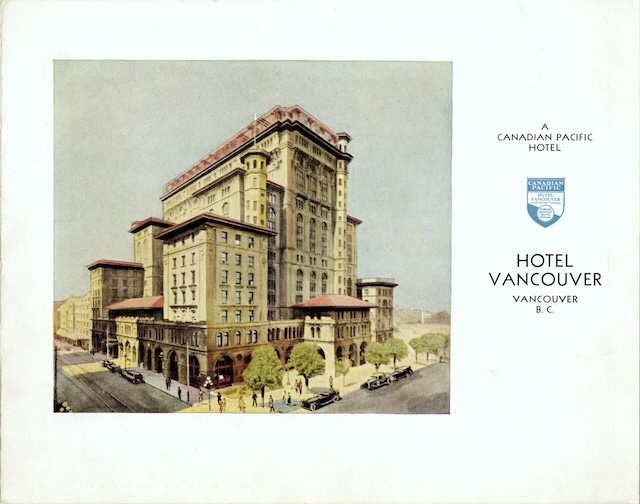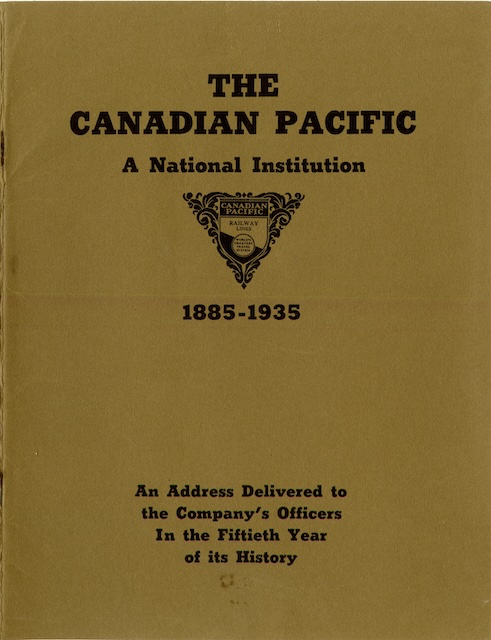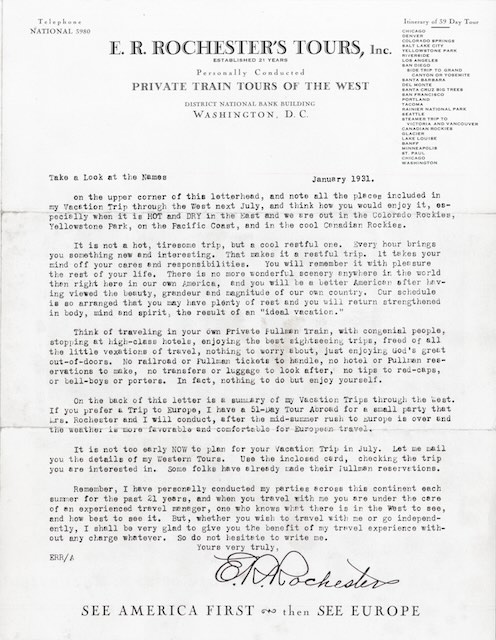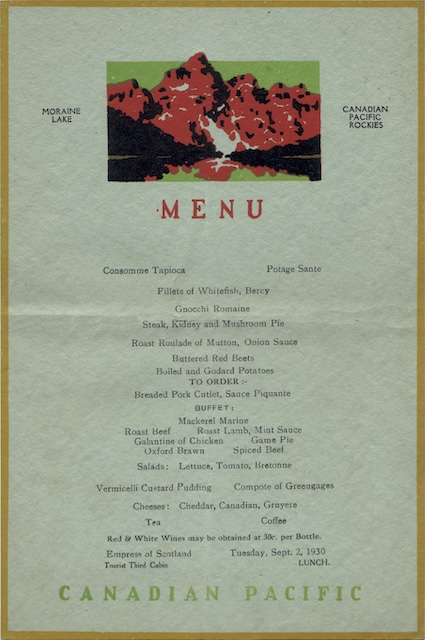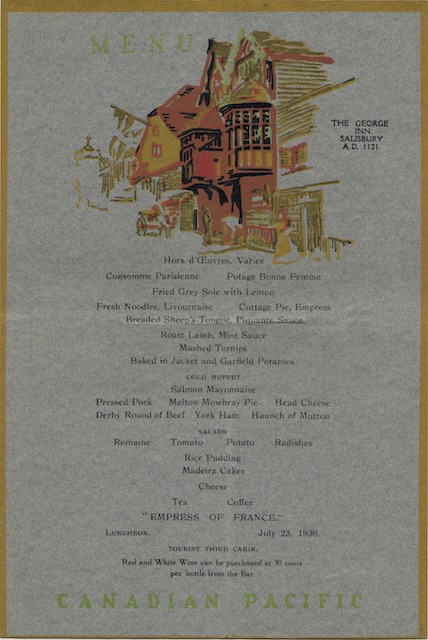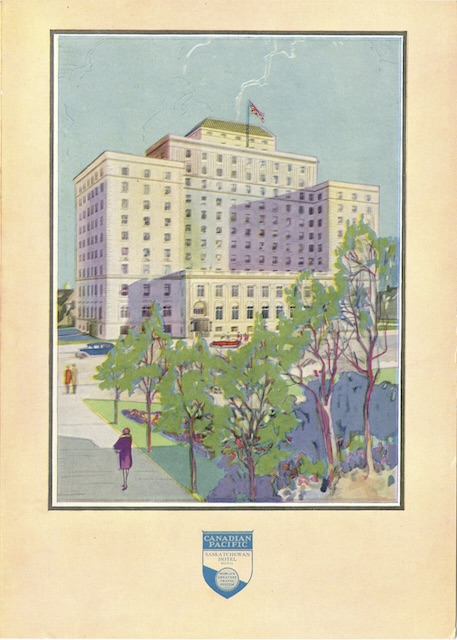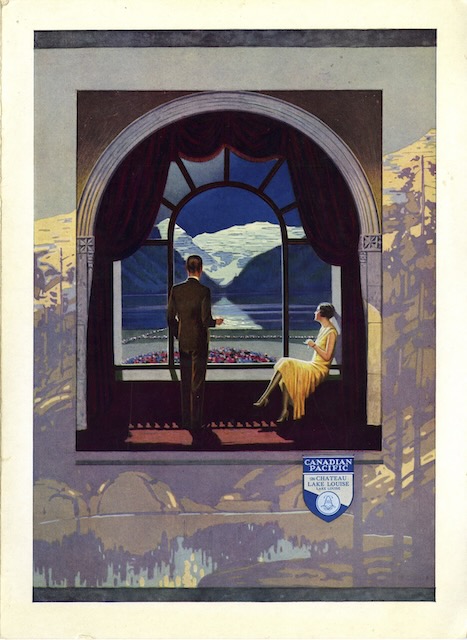Although the front cover of this menu is labeled “the city of Quebec” in French, the photo mainly shows the part of Quebec that Canadian Pacific most cared about, the Chateau de Frontenac. This hotel, the back cover explains, was “key” to the historical and social contrasts found in “North America’s most famous historical landmark” that is “just overnight from fifty million people!”
 Click image to download an 758-KB PDF of this menu.
Click image to download an 758-KB PDF of this menu.
The Canadian Pacific menu series page documents well over 100 CP color photo menus, mostly from the post-war era and mostly used on dining cars. This is the first new such menu that I’ve seen in many years. The muddy and poorly framed front cover photo is probably the reason why I haven’t found examples of this menu before now as CP probably didn’t make many of them. Continue reading
